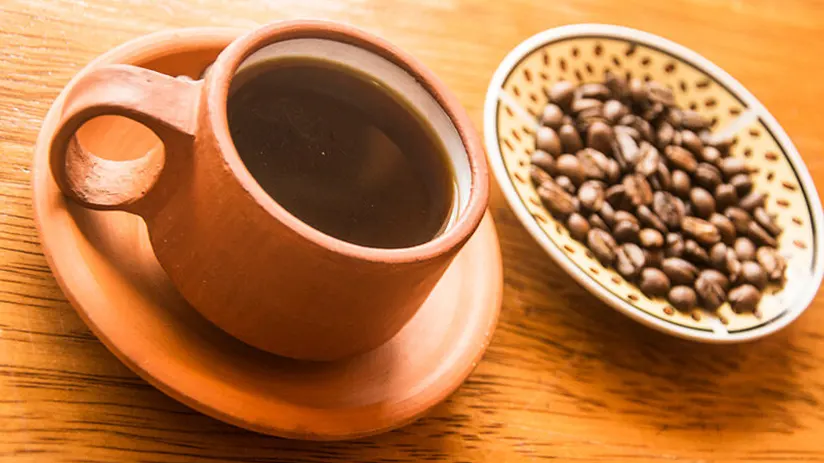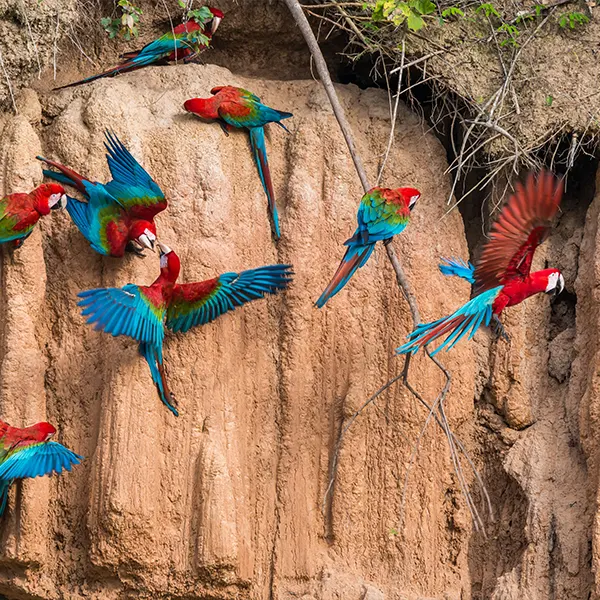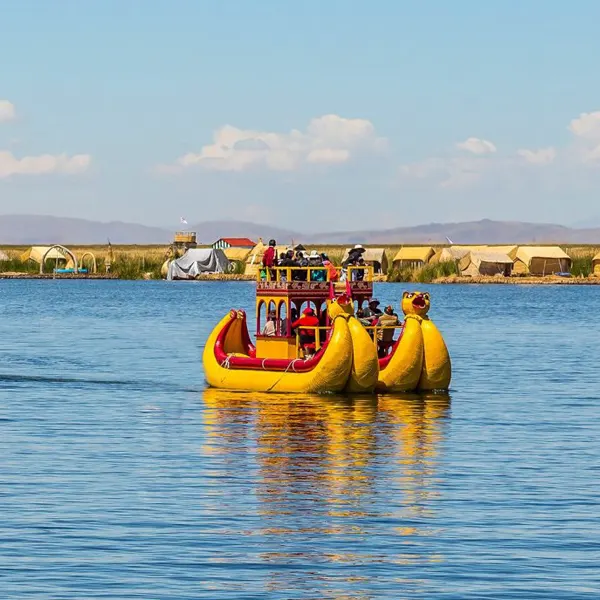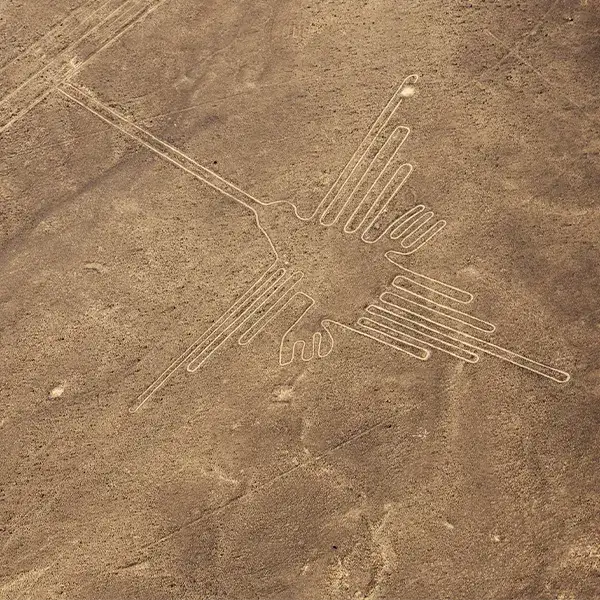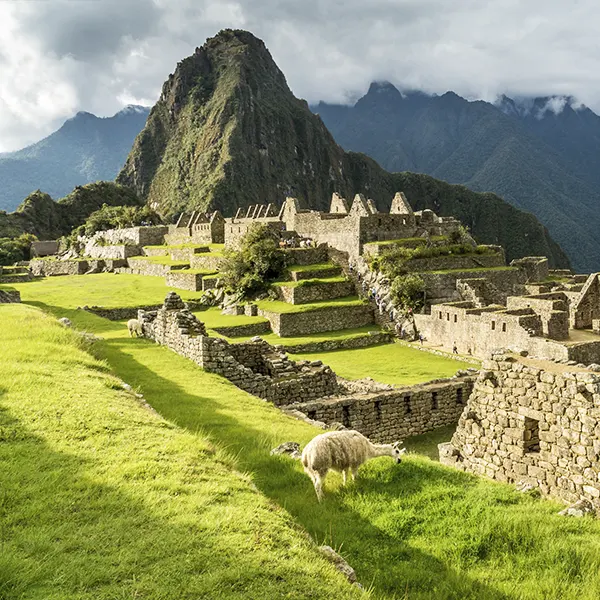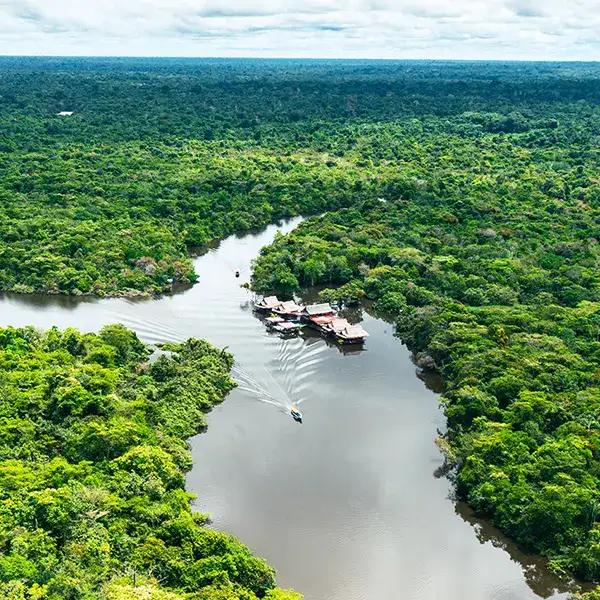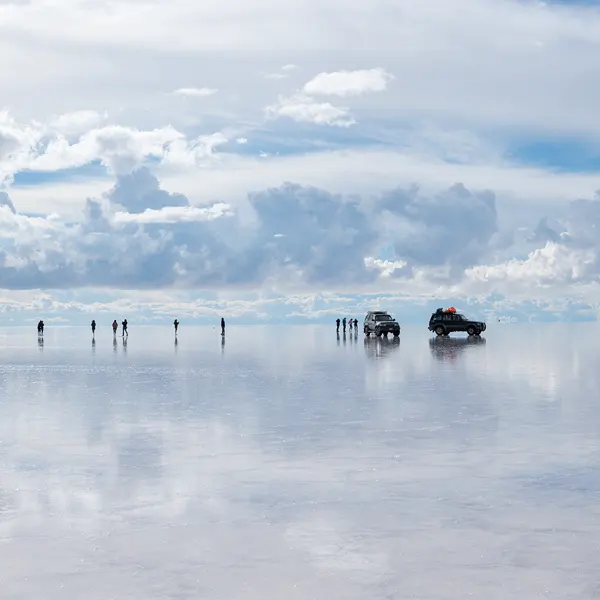Peruvian coffee has been gaining global recognition for its high quality despite being overshadowed by neighboring countries like Colombia and Brazil. Recent production methods and innovations have enhanced the quality and quantity.
In collaboration with Machu Travel Peru, an article detailing Peruvian coffee’s key characteristics, history, bean varieties, and other essential aspects has been created.
Coffee in Peru: All about one of the best coffees in the world
What is Peruvian coffee?
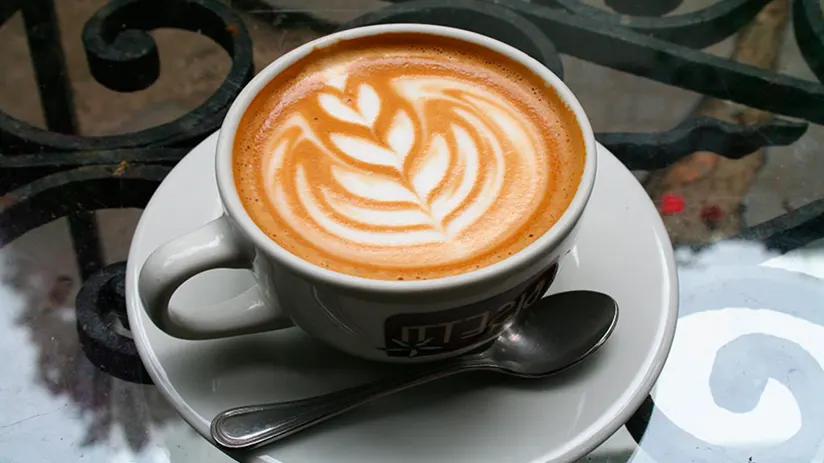
Peruvian coffee beans have exciting flavor profiles that vary significantly in intensity, flavors, and tones according to the region where they were cultivated. But in general, Peruvian coffee has a light body, medium to medium acidity, and deep color. These characteristics, combined with biodiversity in Peru and the different altitudes, result in an explosion of different textures and aromas.
Therefore, to answer the question, “Is Peru coffee good?” We can tell you that it is simply delicious.
History
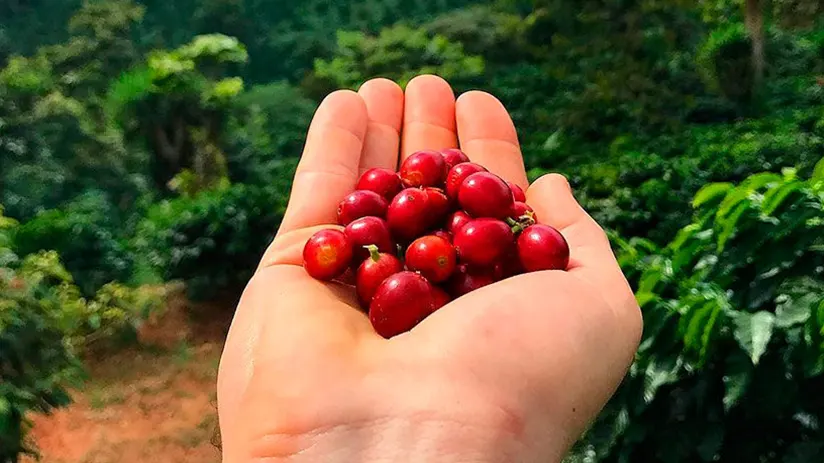
The history of coffee began over 200 years ago, when it became one of the first American countries to cultivate coffee plants. By the mid-18th and 20th century, coffee fields were established, but most production was consumed locally.
The late 1800s brought a turning point, as a coffee rust plague in other countries led European buyers to Peru. Foreign investment spurred growth until post-World War stagnation. A revival occurred in the early 2000s, but a 2013 rust outbreak forced a shift to other arabica varieties like Catimor.
A. Peruvian coffee today
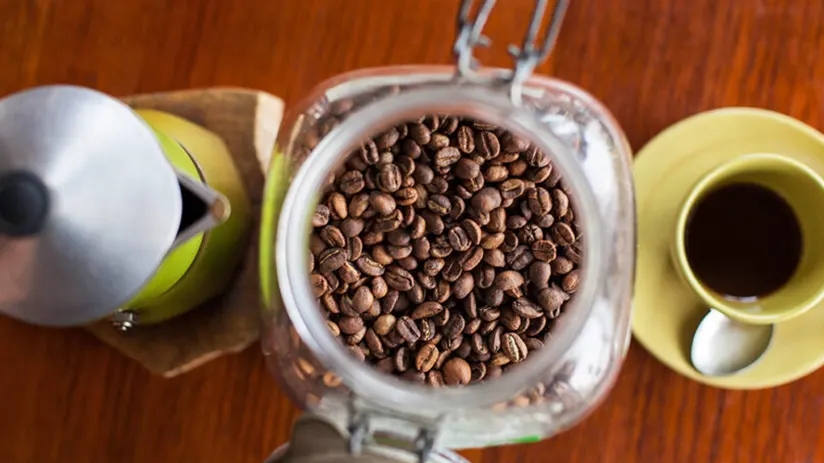
In 2022, Peru will be the ninth-largest coffee producer worldwide, increasing general and organic coffee production. The quality of coffee in Peru now rivals its famous cuisine, so Andean coffee is served in many of the best restaurants in Peru, such as Central or Maido.
Over 200,000 farmers grow diverse beans, including shade-grown and Arabica. Since the 2013 coffee crisis, many small-batch farmers have improved their bean quality through advanced wet processing methods, surpassing the quality of United States coffee.
Flavors
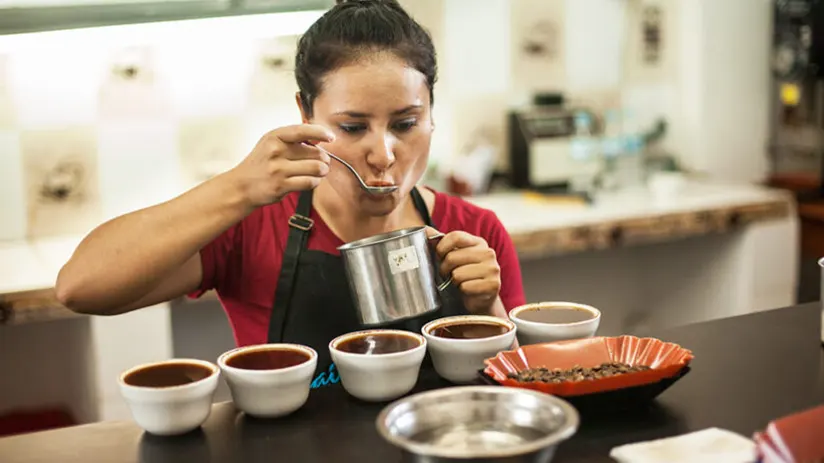
In Peru, coffee showcases two prominent flavor profiles influenced by altitude.
- Strictly Hard Beans: Grown above 1350 meters, these beans yield mild acidity with floral, fruity, and nutty notes, particularly in regions near the Ecuador border and the Amazon.
- Hard Beans: Cultivated between 1200 and 1350 meters, these beans exhibit bright acidity around Machu Picchu and Cusco. They feature floral aromas and sweet flavors.
Undoubtedly, the coffee industry’s significant advance is related to the Peruvian gastronomy revolution.
Production regions
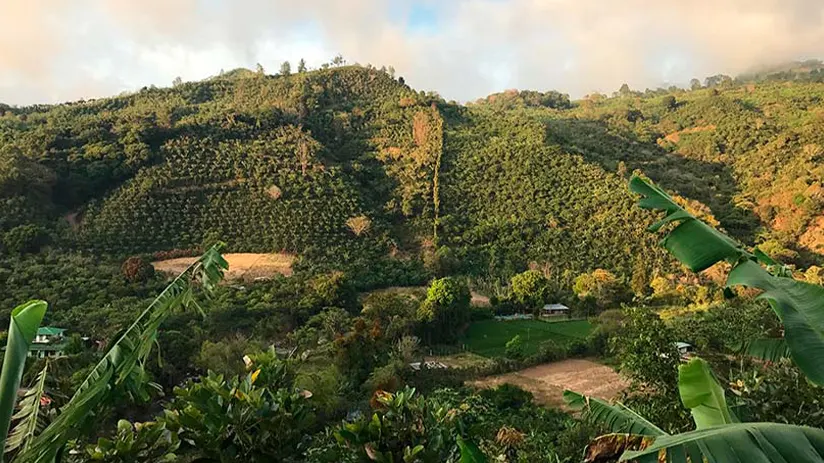
But what makes Peru’s coffee unique with a single origin? Well, it is a series of geographical and climatic factors. Peru’s land is fantastic for growing many crops, including coffee, beans, potatoes, and other plants.
Many coffee beans exist, and the quality can vary significantly because of their great variety. At altitudes above 1,200 meters, coffee growers often use pure spring water and other eco-friendly methods to grow their beans.
Some types of coffee beans are:
- Pacamara
- Catui
- Mundo Novo
- Bourbon
- Pache
- Catimor
- Caturra
- Typica
Different indigenous communities have used many techniques for generations in ancient times. It is not in vain; the various types of coffee are delicious in Peru. Farmers cultivate the coffee of Peru on more than 350,000 hectares of coffee plantations. All are found in 210 areas where coffee is grown. These areas are in 10 departments on the eastern side of the Andes.
A. Cultivation regions
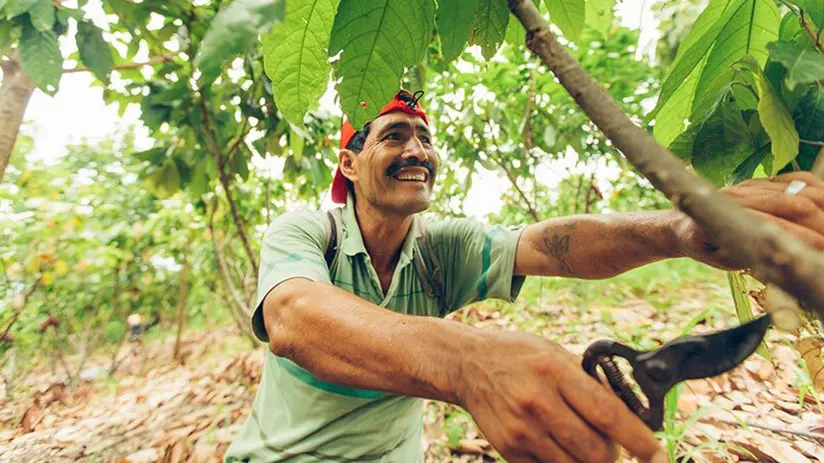
1. The north region
Peru’s coffee production is concentrated in Cajamarca, Piura, and the northern Amazon. Cajamarca’s coffee is sweet and fruity, Piura’s is nutty and chocolatey, and the north region contributes significantly to national output with diverse flavors.
2. The central regions
Junin and Huanuco in central Peru produce diverse coffees like Catimor and Typica. Huanuco’s beans feature orange and caramel notes, while Chanchamayo contributes moderate-bodied coffee with citrus and chocolate flavors.
3. The south region
Southern Peru’s coffee-growing regions Cusco, Ayacucho, and Puno produce distinct varieties featuring floral, tropical, and chocolate notes, with organic options from high-altitude farms. Ayacucho has newer and higher altitude coffee farming, and their soil quality is conducive to producing organic coffee.
Fair Trade
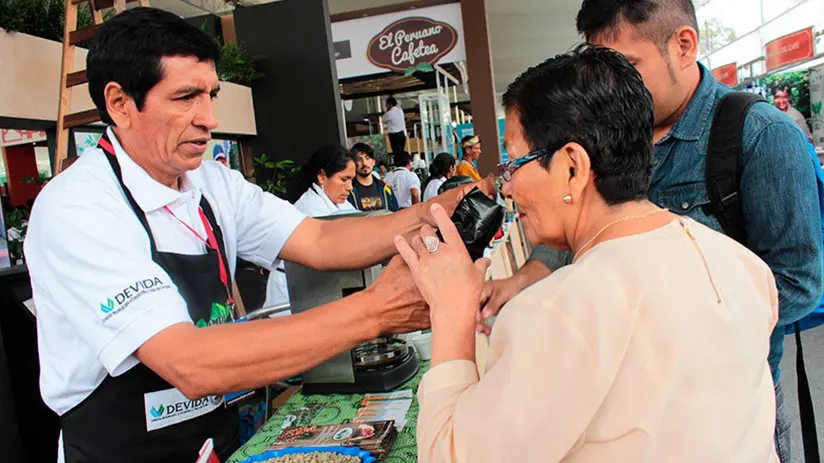
The rise of coffee cooperatives in Peru has transformed the industry by promoting organic Peruvian coffee production and fair trade. Small producers and family farms unite to secure better prices and improve marketing strategies.
Large cooperatives, often exceeding 2,000 members, enhance post-harvest management and offer financial assistance to members. Technical support boosts crop yield and quality, particularly in specialty markets. Institutional agreements ensure fair pricing for producers and promote women’s cooperatives, fostering social responsibility.
Types
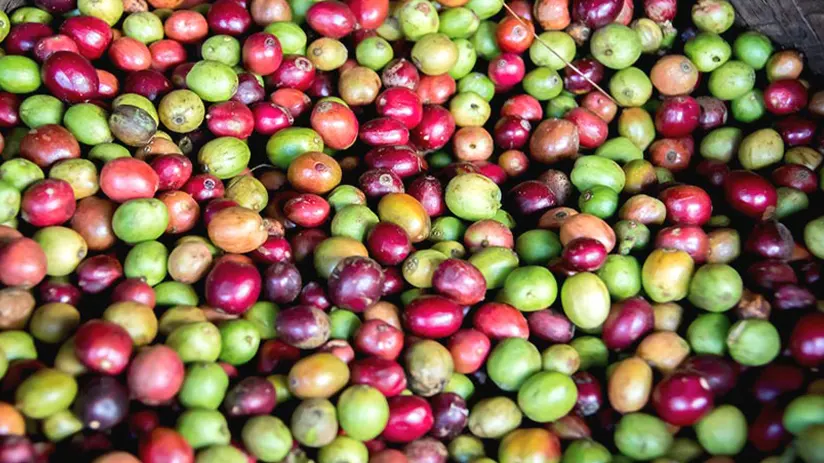
You can experience high-quality coffee farmers without extensive travel. Local markets and vendors offer delicious specialty coffee, alongside organic products like cocoa and wines, making it a must-try during your visit to Peru.
1. Capis coffee

Capis coffee, a rare Peruvian variety, undergoes a unique process where coatis eat and defecate coffee beans. After washing, medium roasting, and grinding, it becomes highly appreciated globally. Tasting these cups of coffee is a must-have experience for anyone visiting Peru. If you love roast coffee, definitely your place is here.
2. Urubamba coffee beans
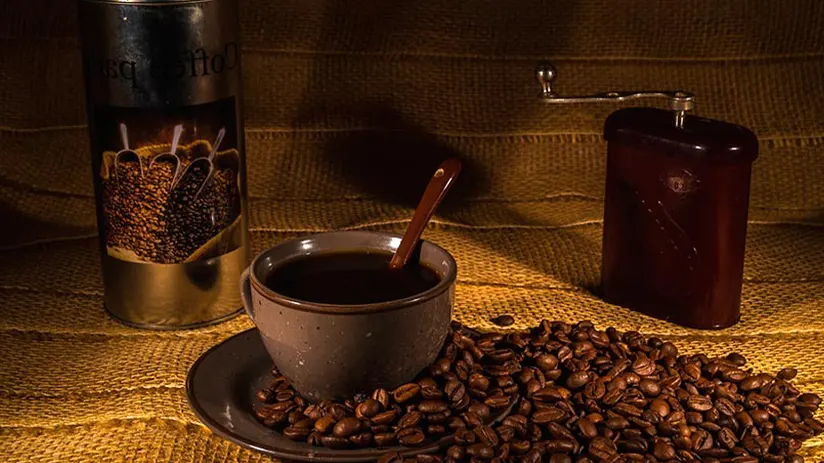
As its name suggests, Urubamba beans are grown in the Sacred Valley. These beans boast a lovely scent and are smooth and well wet-processed. Coffee roasters and caramelized grains are good Peruvian souvenirs for those who want to bring a gift from the bowels of the Peruvian land.
3. Chanchamayo coffee beans
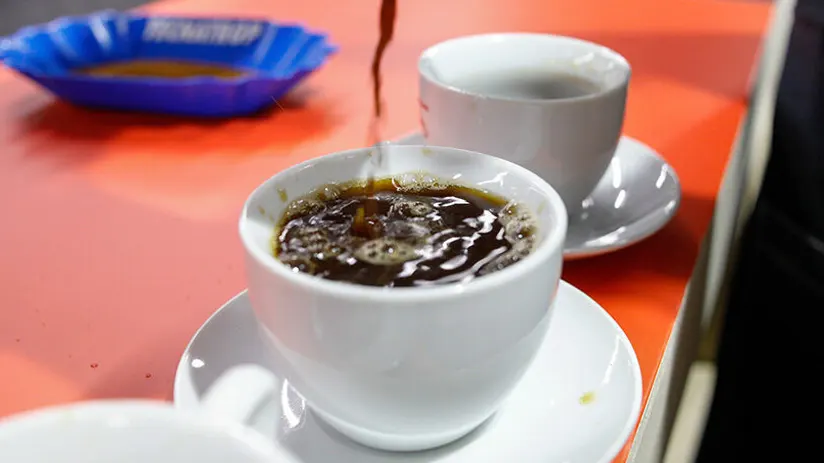
Chanchamayo beans, grown between the Amazon and Andes, are organic, medium to light-bodied, and bright in acidity. They feature chocolatey, nutty, and sweet citrus flavors. Notable brands include Volcanica and Mount Comfort Coffee.
4. Coffee Quechua

This exceptional coffee from Puno, Peru, has received multiple awards. For a unique experience, visit Chocomuseo in Cusco to explore chocolate production, complementing the delightful coffee tasting during your trip to Peru and visit a coffee shop.
5. Uchuñari coffee
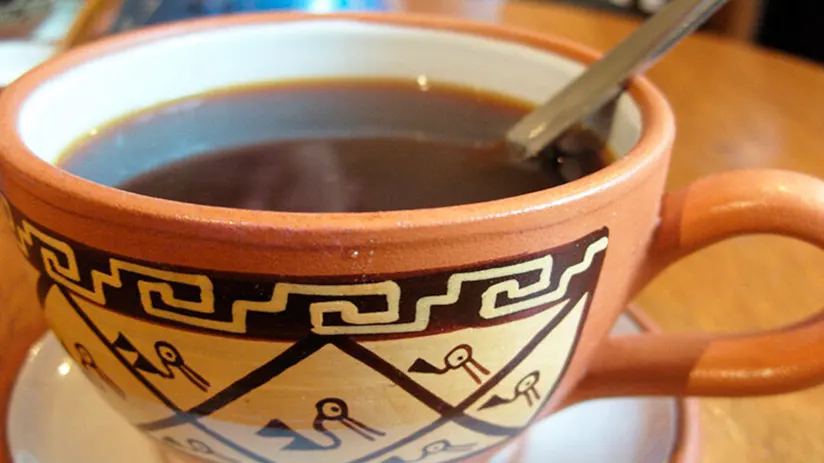
The coffee in Peru is produced using coati excrement, which enhances its flavor. Grown near Pisac, tasting this coffee is considered one of the top experiences in Peru.
Coati organic coffee
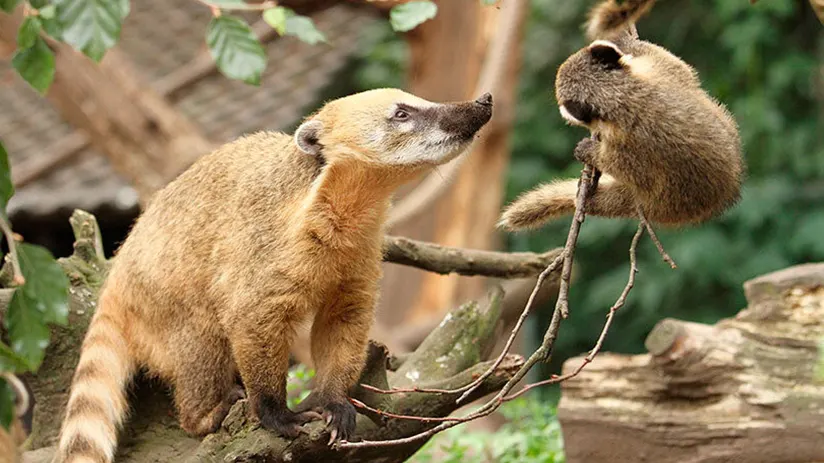
Misha’s coffee, made from seeds digested by Mishasho (ring-tailed coati), is a premium, highly sought-after product in Peru and globally. Its unique production method, which contrasts with labor-intensive traditional fermentation processes, ensures high quality and sustainability. This makes Misha’s coffee an excellent organic alternative, addressing quality and environmental issues in the coffee market. Besides, this coffee is a great alternative to accompany different Peruvian desserts.
“I HAVE MEASURED OUT MY LIFE WITH COFFEE SPOONS”
If you’re a coffee lover, Peru will exceed your expectations with a wide variety. The country offers abundant opportunities to enjoy its coffee, from high-end restaurants to local markets where you can purchase beans.
The coffee, recognized as one of the Peruvian superfoods, is renowned for its quality. Be sure to explore local markets for a variety of organic coffee brands. For more information about tours and to plan your ideal trip, consult with Machu Travel Peru’s expert advisors, who are ready to assist you.
Peru has so much to offer, it can be hard to know where to start. With many years of experience in the tourism sector, Machu Travel Peru is happy to help with anything regarding your trip to Machu Picchu and any tours around it. Make your Machu Picchu experience an unforgettable one!
